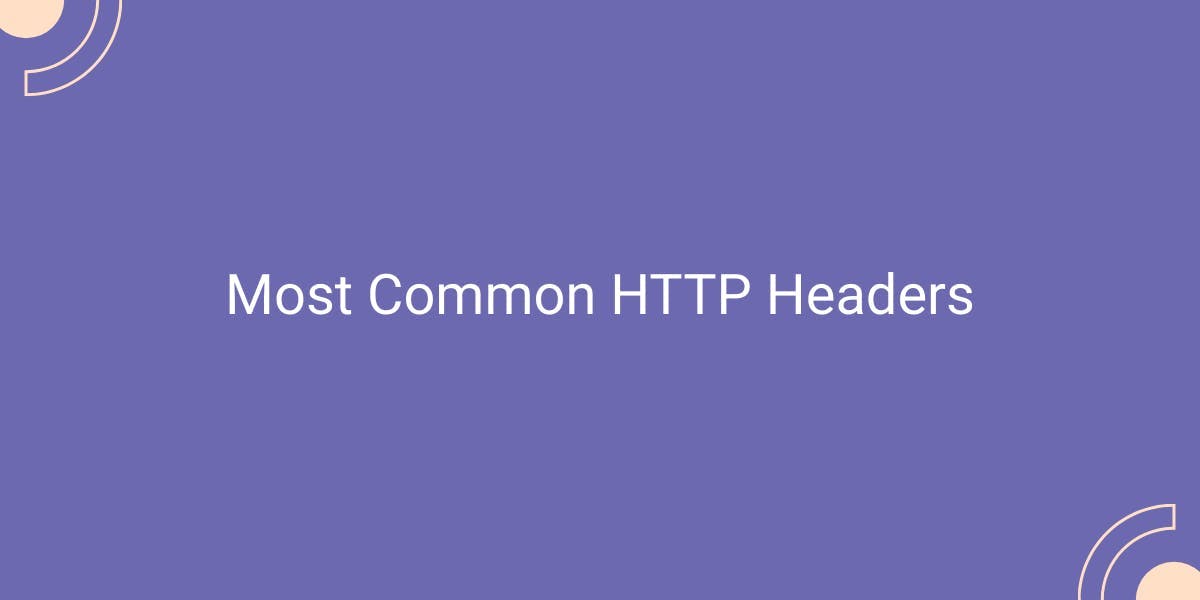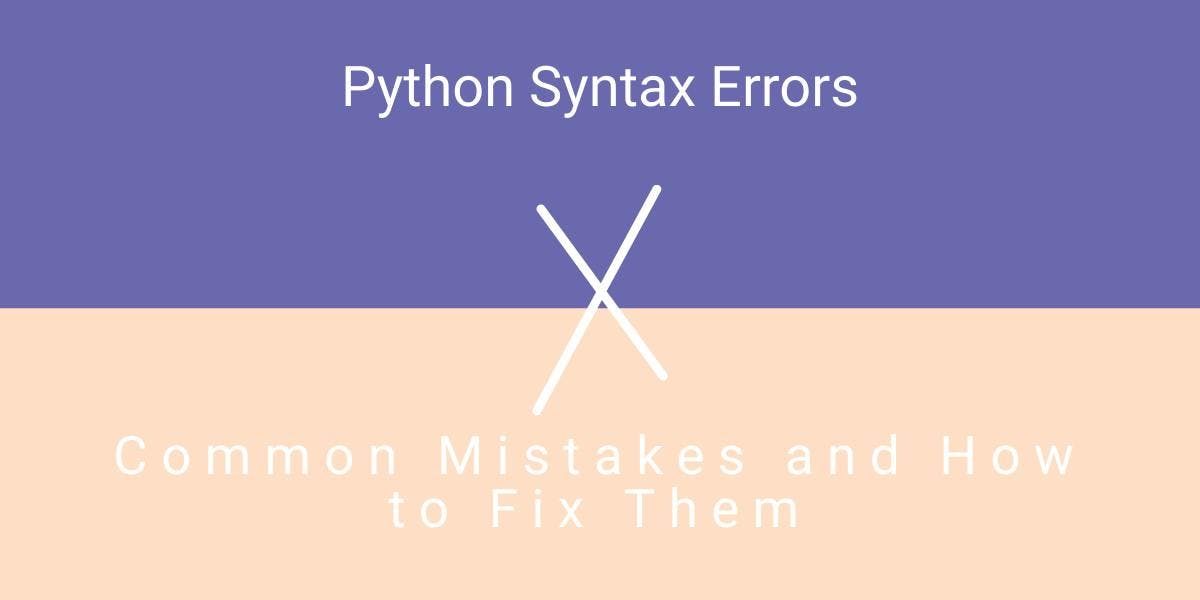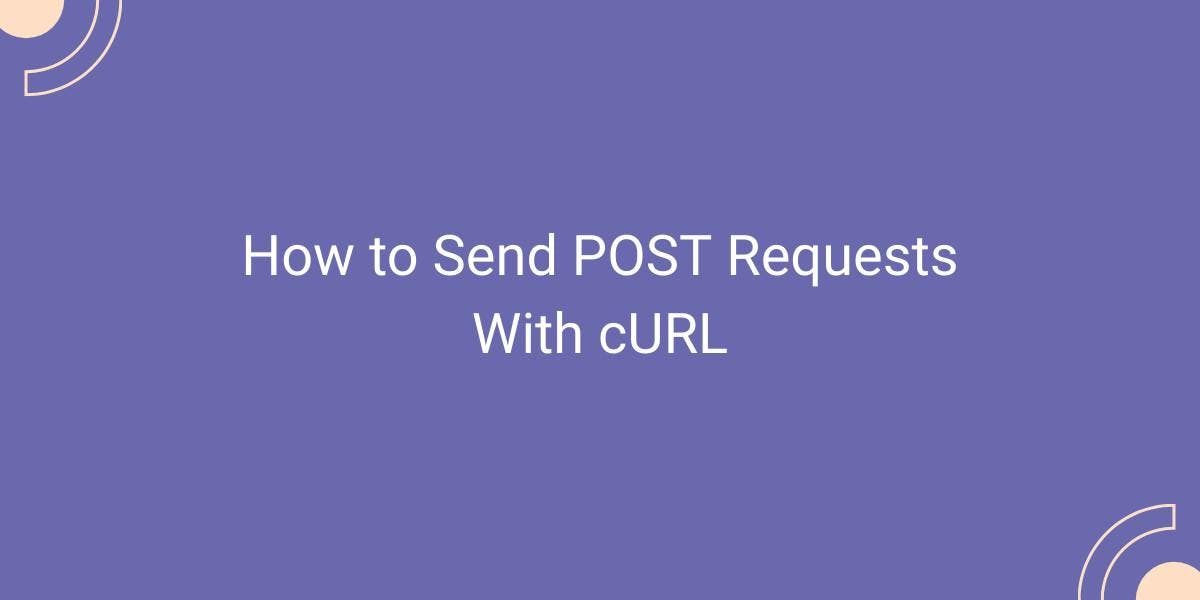Most Common HTTP Headers
Flipnode on May 03 2023

In the field of web scraping, one of the most frequently asked questions is how to prevent being blocked by target servers and enhance the quality of the data obtained.
HTTP headers for web scraping
There are proven methods, such as utilizing a proxy or rotating IP addresses, to help your web scraper avoid being blocked by target servers. However, optimizing HTTP headers is another technique that is sometimes overlooked. By using and optimizing HTTP headers, you can significantly reduce the chances of your web scraper being blocked by data sources and ensure high-quality data retrieval.
If you have little knowledge about web headers, don't worry. We have already explained what HTTP headers are and how they are connected to web scraping. In this article, we will reveal the top 5 HTTP headers that need to be used and optimized and explain why they are important.
1. HTTP header User-Agent
The User-Agent request header provides information about the application type, operating system, and software version, and allows data targets to determine the appropriate HTML layout to display, such as for mobile, tablet, or PC devices.
Web servers frequently use authentication for the User-Agent request header, which is the first step in identifying suspicious requests. When conducting web scraping activities, multiple requests are sent to the server, and if the User-Agent request headers are identical, it can be interpreted as bot-like behavior. This is why experienced web scrapers modify and diversify User-Agent header strings to simulate multiple organic user sessions. Therefore, it is advisable to alter the information carried by the User-Agent request header frequently to reduce the risk of being blocked.
2. HTTP header Accept-Language
The Accept-Language request header provides the web server with information about the languages that the client can comprehend, as well as the preferred language for the response to be returned.
It should be noted that the Accept-Language request header is typically used when web servers cannot determine the preferred language through the URL.
The crucial aspect of the Accept-Language request header is its appropriateness. It is vital to ensure that the specified languages align with the domain of the data source and the client's IP location. If requests from the same client are made in multiple languages, it could raise concerns with the web server about bot-like activity, which could result in blocking the web scraping process.
3. HTTP header Accept-Encoding
The Accept-Encoding request header informs the web server which compression algorithm to apply when processing the request. In simpler terms, it indicates that the transmitted data can be compressed (if the server permits it) before being sent to the client.
Optimizing the Accept-Encoding request header leads to a reduction in traffic volume, benefiting both the client and the web server in terms of traffic load. The information is still transmitted, albeit compressed, to the client, while the web server is spared from wasting its resources on transferring a large amount of traffic.
4. HTTP header Accept
The Accept request header belongs to the content negotiation category and its main function is to inform the web server about the acceptable data format that can be sent back to the client.
For web scraping, configuring the Accept request header is crucial as it informs the web server of the data format that the client can receive. Failure to set it correctly can result in blocked requests. By configuring the Accept header properly, the client and server can communicate more organically, leading to a reduction in the likelihood of getting blocked.
5. HTTP header Referer
The Referer request header supplies the web server with the address of the previous web page visited by the client before sending the current request.
Although it may appear that the impact of the Referer request header is insignificant when it comes to preventing scraping, it can actually make a difference. Consider the browsing habits of an average user who may visit several websites in a single session. To make your scraping traffic appear more natural, include a random website in the Referer request header before initiating a session.
It's essential to take this simple step instead of rushing into the scraping process. Make sure to always configure the Referer request header to increase your chances of evading web servers' anti-scraping mechanisms.
Wrapping it up
By now, you have been introduced to a range of HTTP request headers that are commonly used, and the significance of configuring them correctly. Doing so can significantly enhance your web scraping results and make your data extraction operation more efficient and successful.
If you are seeking ideas for a web scraping project or looking for guidance on how to start web scraping, you can find valuable information on our blog.
Having a good understanding of the technical aspects of web scraping can greatly benefit your web scraping efforts. Use this knowledge wisely, and you can be sure that your web scraper will operate with greater effectiveness and efficiency.



